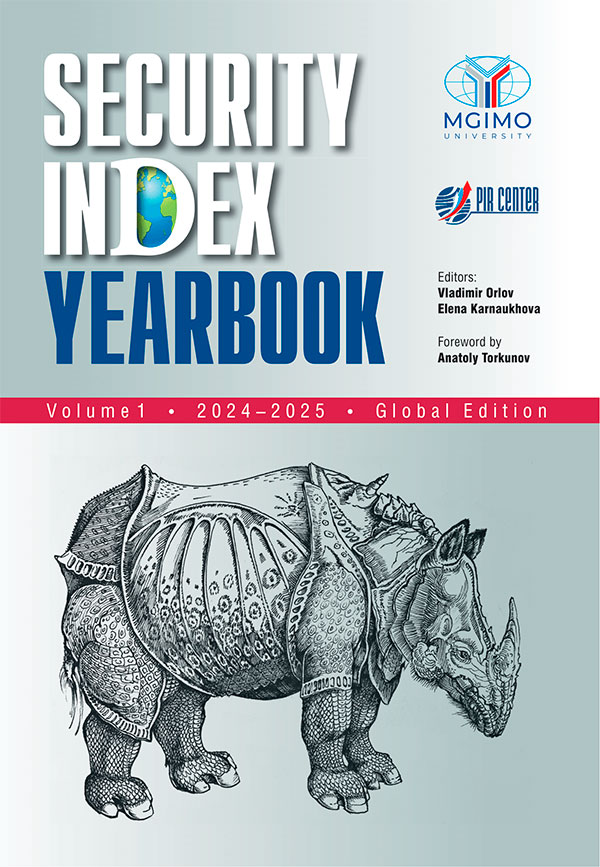... lead to a substantial revision in economic policy in terms of priorities and instruments used. Fiscal stimuli to support the economy may become more “labour-intensive”, i.e. they may start prioritizing social outlays and transfers. A modernized system ... ... their lead in the years to come.
Overall, the transformation of capitalism towards a more labour-oriented mode is underway. The ESG paradigm at the corporate level and the sizeable scale of stimuli that prioritized social outlays and household consumption ...
... 10% of GDP, thus effectively increasing the scope for further accumulation of reserves rather than spending them to boost growth.
The year 2021 was also emblematic for the degree to which the green/environmental agenda was embraced across the world economy, most notably in all of the main global centres – Europe, the US and China. This was the case in Russia as well, with most of major companies adopting ESG strategies and the authorities committing to achieving net zero emissions target by 2060. The importance of the green agenda for Russia was emphasised on numerous occasions by President Putin, including at the Congress of industrialists in December ...
... a key consideration. At the same time in the Americas, mitigating risk is the second highest driver of adoption (49 per cent), followed by better risk-adjusted performance (45%) and mandate from board or management (45%).
The positive aspect of the ESG agenda is that it broadens the time-horizons of the world economy, including its financial and the real sectors, and allows for longer term risks and vulnerabilities to be incorporated into the current decision-making.
The Covid crisis was the bell toll that greatly underscored the importance of such a re-calibration ...



